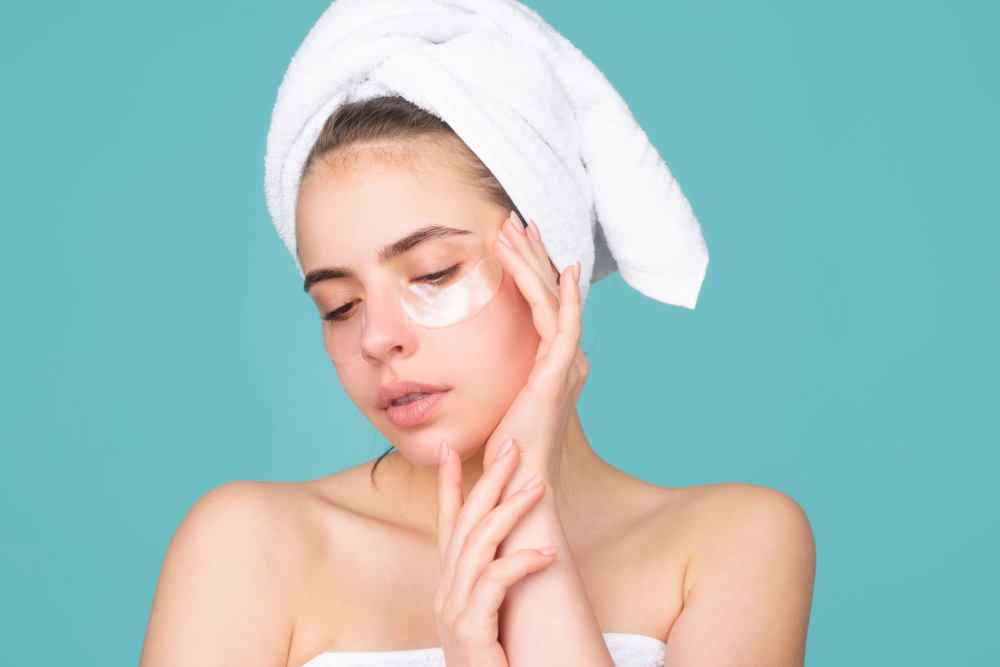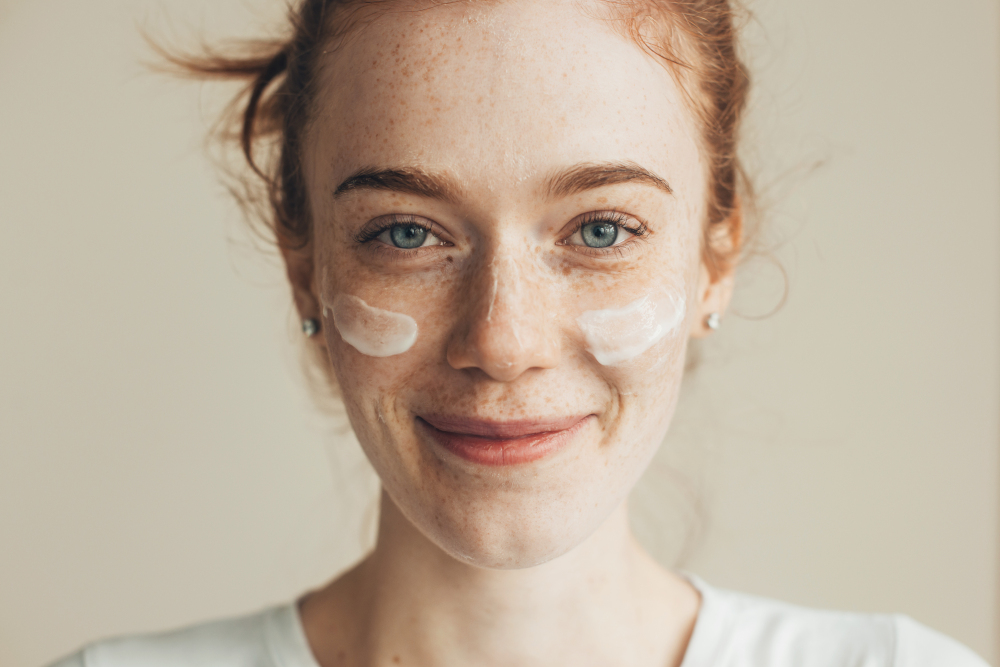Skin purging is a breakout which usually occurs as a result of using certain skin care products. Essentially, skin purging is the term given to old skin cells making way for healthier new skin cells to rise to the top.
Here, Abbas Kanani, lead pharmacist and health adviser for Chemist Click shares everything you need to know about skin purging.
Why is my skin purging?
Acne treatments such as hydroxy acids and retinoids will speed up the rate at which skin cells turnover, to help clear away dead skin and make way for clearer skin. For this to happen, old skin needs to leave, and does so in the form of spots. This is usually in the form of pimples, pustules, papules, whiteheads, blackheads and cysts. Skin purging is actually a positive sign that treatment is working. The skin is required to bring up the gunk and bacteria that lies in the deeper layers, in order to get rid of it and make way for clearer skin.
What does skin purging look like?
Skin purging is manifested as spots, often consisting of pustules, papules, whiteheads and black heads. Skin purging is often accompanied by skin peeling. It is often sore to touch the area where a purge is occurring.

What causes skin purging?
Skin purging is not the clinical name for this problem. It is usually referred to as ‘inflammatory lesions’, or ‘inflammatory acne‘. There are some ingredients in face products that can cause the turnover of skin cells to increase. These products include:
- Differin
- Epiduo
- Treclin
- Retinoids
- Chemical peels
- Laser treatment
If you use any products that contain any of these ingredients, then it can result in skin purging.
How long does skin purging last?
Skin purging can last from three days to six weeks. However, the length of time that skin purging lasts is not exact, mainly because everyone’s skin is different. Most people will find that it will last around two weeks before it clears up. Some of this will also depend on the type of skin you have. If you aren’t sure what your skin type is, there are guides online that can help.
Is it a good thing for your skin?
Skin purging is a good sign that treatment is working. The increase in spots simply means that the product is increasing the turnover of skin cells, so that the bacteria and dirt from the lower layers of skin are pushed out. Skin purging means that your skin is rejuvenating itself and clearer skin is not too far away.

How to prevent it from getting worse
Whilst you are waiting for the purging stage to pass, there are some things that you can do (or perhaps, not do) to stop your skin from getting worse.
- Don’t pick – Although there is an urge to pick, this will make the process worse. Not only will it make the cycle last longer, it can also lead to permanent scarring.
- Don’t dry it out – You might be tempted to use a spot treatment, but these often contain exfoliating agents and can extend the process.
- Have a facial – Facials can help to speed the process along because it removes the impurities from the pores. Certain serums help the healing process.
Can purging be avoided?
If you need to use retinol or other products that can cause skin purging, there are ways you can prevent it from developing. Start by using the retinoid only a couple of times a week for the first week. You can then increase this to three times the second week. Add an extra day each week until it’s a daily routine. If you are using exfoliating acids, don’t use them more than two to three times per week. This will help to prevent speeding up the skin cycle. Although skin purging can be frustrating, there is a light at the end of the tunnel. Once the purge has passed, you should find that your skin will feel and look a lot better.






















